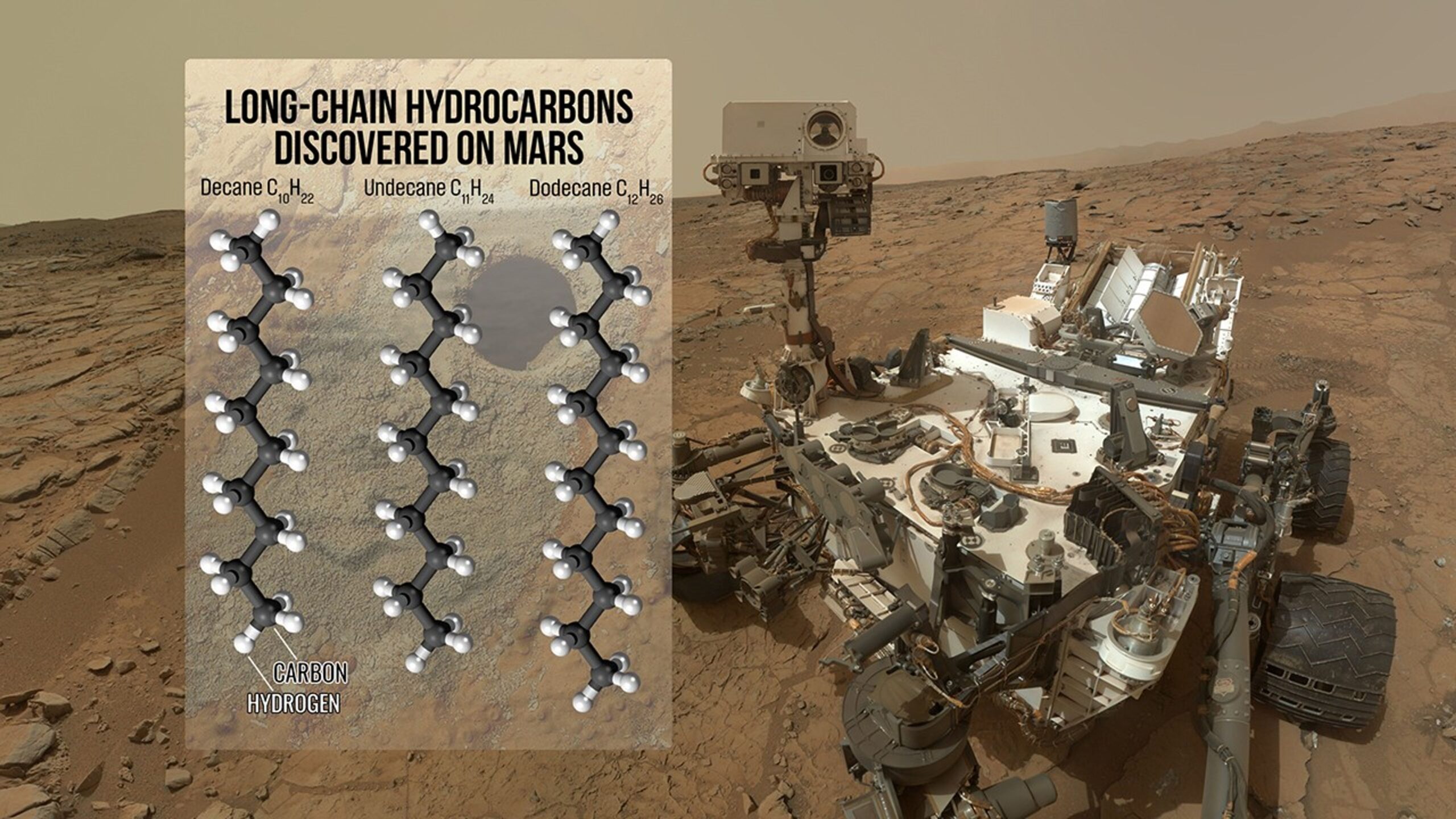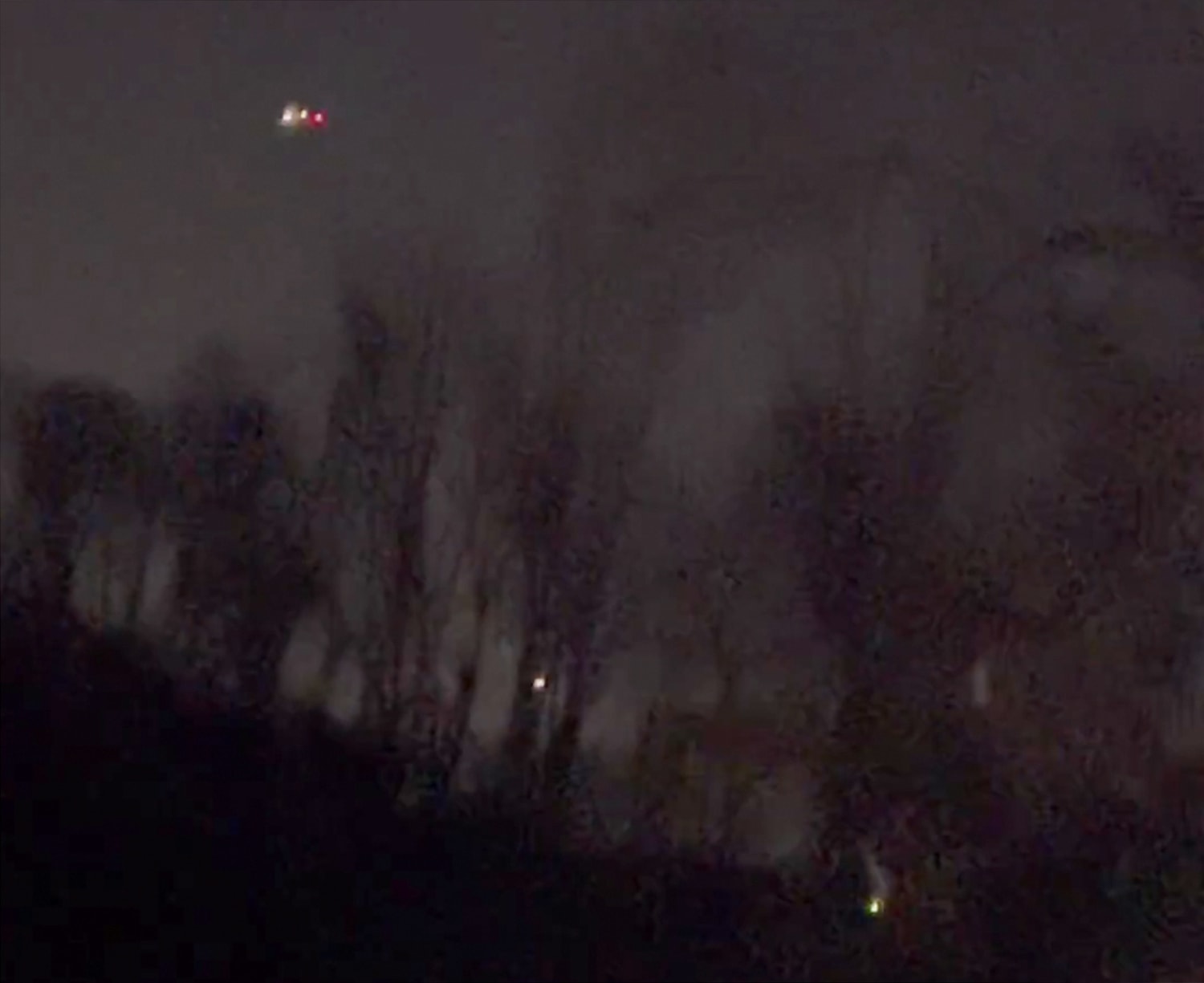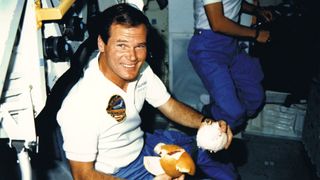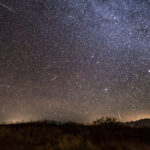The sun’s outer atmosphere — the corona — has long intrigued scientists due to its extreme temperatures, violent eruptions and towering prominences — vast filaments of plasma extending out from
Hot Posts10- Page
In the vast cosmos of speculative fiction, where the boundaries of imagination stretch as far as the galaxies themselves, “Columbus Day” emerges as a captivating entry in the genre. The
Researchers analyzing pulverized rock onboard NASA’s Curiosity rover have found the largest organic compounds on the Red Planet to date. The finding, published Monday in the Proceedings of the National
Artist’s concept of a planet far from its home star. A new study said that wide-orbit planets could be a natural result of chaotic early solar system formation. Such planets
Exoplanetology: Exoplanets & Exomoons Status Report astro-ph.EP May 24, 2025 Effective (turbulent) viscosity (normalised by a measure of uclc) as a function of the ratio of tidal to convective frequencies
(NewsNation) — After more than a month of sightings across multiple states, lawmakers and the general public are no closer to finding out what the mysterious drones are spotted in
Volvox – a multicellular green algae. Wikipedia It has been argued that the historical nature of evolution makes it a highly path-dependent process. Under this view, the outcome of evolutionary
(NewsNation) — Amid growing concern over mysterious drone sightings across New Jersey, a leading drone expert suggests the aircraft may be part of routine military surveillance operations rather than a
Bill Nelson has stepped down as NASA administrator, ending a half-century of public service. Nelson and NASA Deputy Administrator Pam Melroy left the agency on Monday (Jan. 20), the day
Join our newsletter to get the latest military space news every Tuesday by veteran defense journalist Sandra Erwin. WASHINGTON — Florida’s Space Coast capped off a record-breaking year with 93
-
 012024 in Review: Highlights from NASA in Silicon Valley
012024 in Review: Highlights from NASA in Silicon Valley -
 02Panasonic Leica Summilux DG 15mm f/1.7 ASPH review
02Panasonic Leica Summilux DG 15mm f/1.7 ASPH review -
 03From Polymerization-Enabled Folding and Assembly to Chemical Evolution: Key Processes for Emergence of Functional Polymers in the Origin of Life
03From Polymerization-Enabled Folding and Assembly to Chemical Evolution: Key Processes for Emergence of Functional Polymers in the Origin of Life -
 04How New NASA, India Earth Satellite NISAR Will See Earth
04How New NASA, India Earth Satellite NISAR Will See Earth -
 05And Thus Begins A New Year For Life On Earth
05And Thus Begins A New Year For Life On Earth -
 06Astronomy Activation Ambassadors: A New Era
06Astronomy Activation Ambassadors: A New Era -
07SpaceX launch surge helps set new global launch record in 2024













